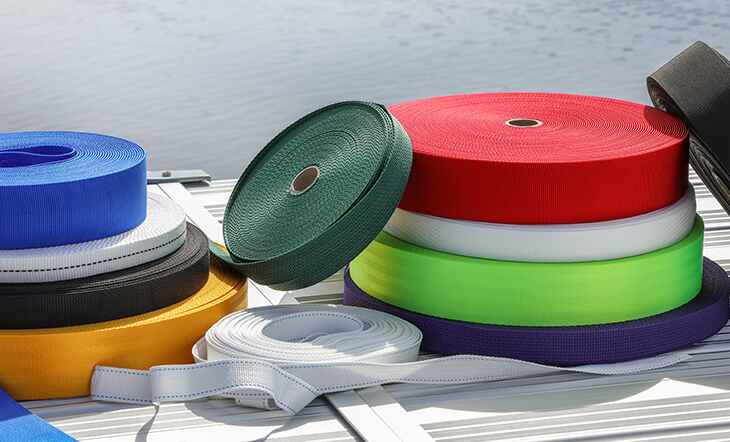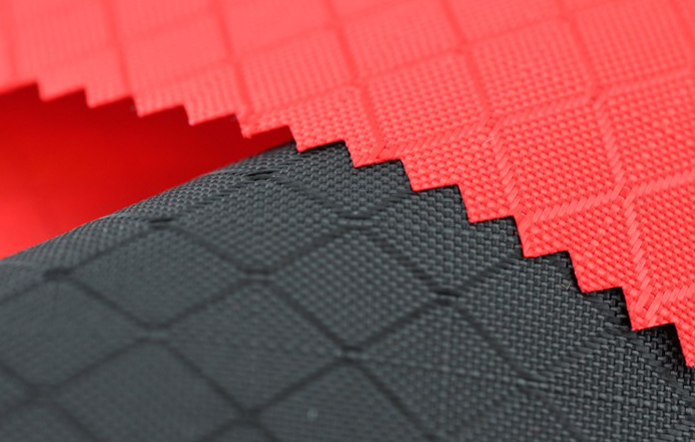Nylon Webbing:
Nylon webbing is a popular choice for its strength, durability, and resistance to abrasion. It is used in a wide range of applications, including the manufacture of seat belts, backpack straps, and other types of outdoor gear. Nylon webbing is available in various widths, ranging from 3/8″ to 3″.
Polyester Webbing:
Polyester webbing is similar to nylon webbing in terms of strength and durability, but it has better resistance to UV rays and moisture. It is commonly used in the manufacture of boat covers, cargo straps, and other outdoor equipment. Polyester webbing is available in widths ranging from 1/2″ to 4″.
Polypropylene Webbing:
Polypropylene webbing is a lightweight and affordable option that is commonly used in the manufacture of backpacks, bags, and other types of luggage. It is not as strong as nylon or polyester webbing, but it is still capable of supporting a significant amount of weight. Polypropylene webbing is available in widths ranging from 1/2″ to 2″.
Cotton Webbing:
Cotton webbing is a natural fiber option that is soft, comfortable, and easy to work with. It is commonly used in the manufacture of clothing, bags, and other types of apparel. Cotton webbing is available in widths ranging from 1/2″ to 2″.
Webbing Sizes
Webbing is available in a range of widths, with the most common sizes ranging from 1/2″ to 4″. The size of the webbing used will depend on the application and the amount of weight that needs to be supported. Here are some common webbing sizes and their typical uses:
1/2″ Webbing: This size is commonly used for lightweight applications, such as the manufacture of bags and clothing.
3/4″ Webbing: This size is commonly used for medium-duty applications, such as the manufacture of dog collars and leashes.
1″ Webbing: This size is commonly used for heavy-duty applications, such as the manufacture of backpacks and seat belts.
2″ Webbing: This size is commonly used for extra-heavy-duty applications, such as the manufacture of cargo straps and tow straps.
Webbing Materials
The most common materials used to make webbing are synthetic fibers, such as nylon and polyester, but other materials can also be used. Here are some of the most common materials used to make webbing:
Nylon:
Nylon webbing is strong, durable, and abrasion-resistant, making it a popular choice for outdoor gear and heavy-duty applications.
Polyester:
Polyester webbing is similar to nylon webbing in terms of strength and durability, but it has better resistance to UV rays and moisture.
Polypropylene:
Polypropylene webbing is a lightweight and affordable option that is commonly used in the manufacture of bags and other types of lightweight gear.
Cotton: Cotton webbing is a natural fiber option that is soft, comfortable, and easy to work with. It is commonly used in the manufacture of clothing and bags.
webbing is a versatile material that can be used in various industries for its strength, durability, and flexibility. Understanding the different types of webbing, their sizes, and materials can help you choose the right webbing for your specific application.

 18/04/2023What are fabric coatings?
18/04/2023What are fabric coatings? 14/04/2023What is Ripstop?
14/04/2023What is Ripstop? 13/04/2023What is GSM? You will know it in 1 min
13/04/2023What is GSM? You will know it in 1 min